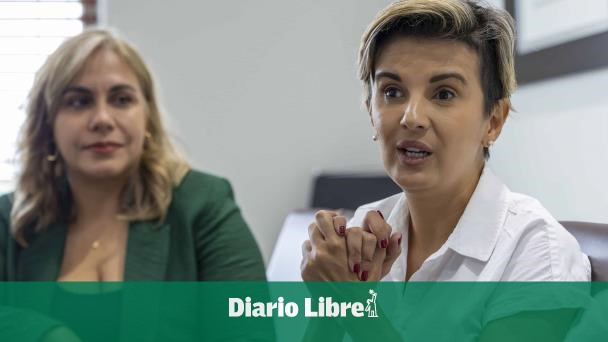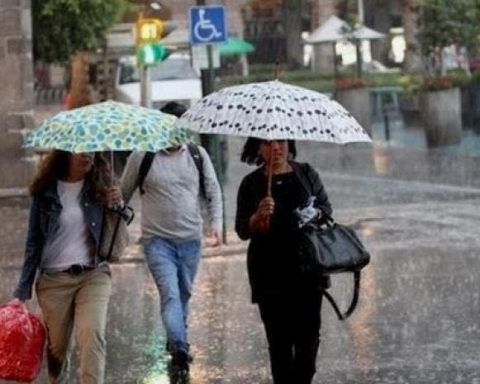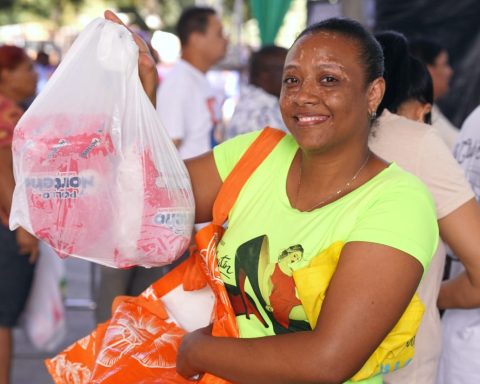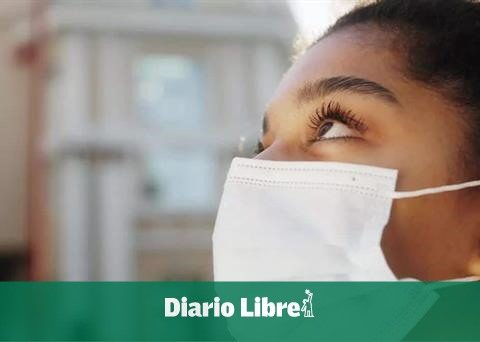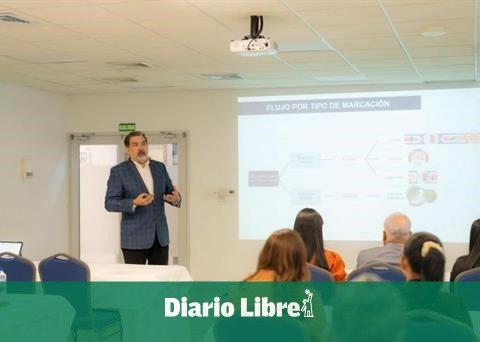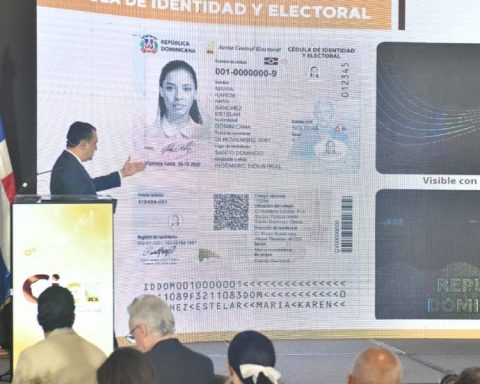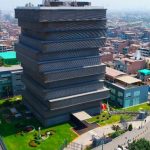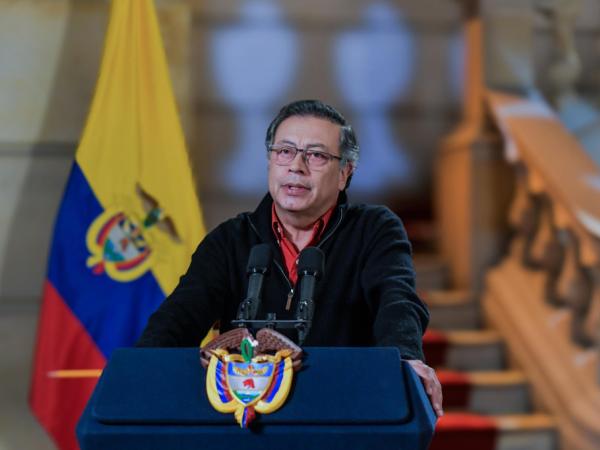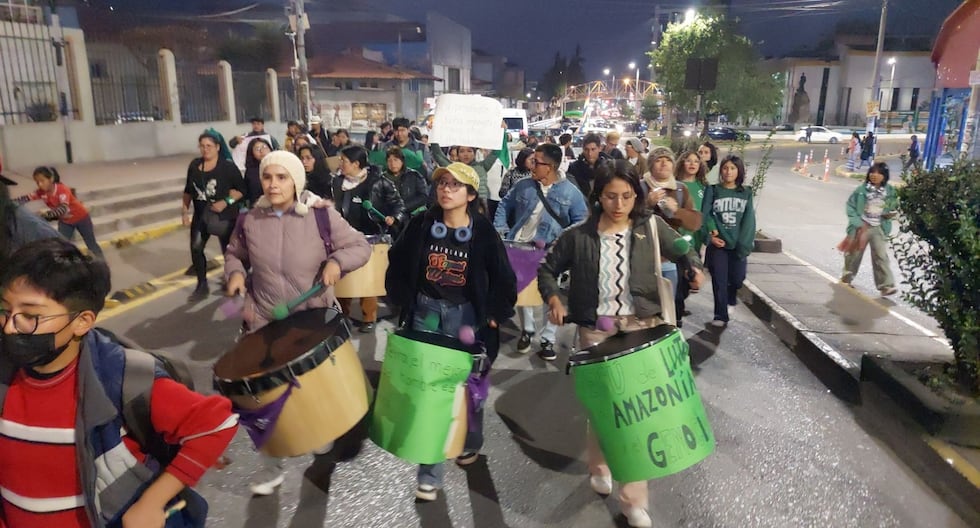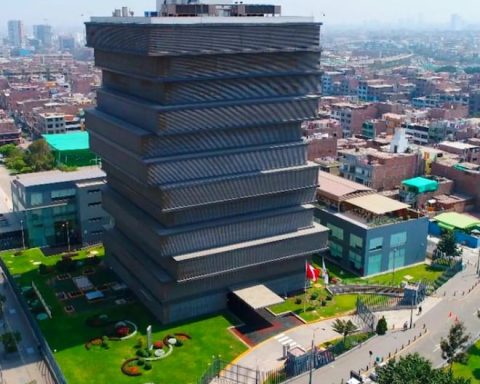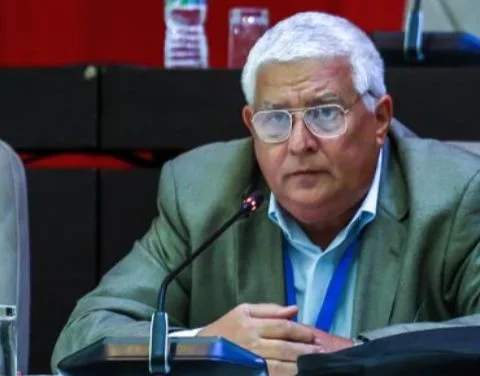Just a month from now, the Dominican Republic will be hosting the World Cup. FIFAin the under-17 women’s category, only the second Caribbean country to host a universal football tournament after Trinidad & Tobago in 2010 (under-17 men).
This is a competition that is projected to have occupancy of 28 thousand beds/nights with the 16 teams that will be arriving in the country, which will require logistics of more than 700 people, including 500 volunteers, and which will result in an improvement like never before in the country’s football infrastructure.
The tournament will be held between October 16 and November 3.
For 18 days, more than 200 countries and states will receive images from the island. The Dominican Republic will share Group A with Ecuador, New Zealand and Nigeria. An event so universal that it will also include countries such as North Korea, South Korea, Poland, Kenya, Zambia, the United States, Brazil, Spain and Japan.
Santo Domingo and Santiago will be the official venues (two groups of four in each), but the benefits have reached beyond the transformed Estadio Olímpico Félix Sánchez and Cibao FC. Up to 10 facilities that will serve as training have been refurbished to the highest standard. FIFAfrom Parque del Este to La Barranquita, including Moca and La Vega.
Against the clock
The organizing committee is beginning to breathe, after six months of pushing the accelerator to the limit, with the WhatsApp group smoking from before sunrise until dawn.
“Everything has been faster, we are on time, it has been fulfilled, what could be done in two years has been achieved in six months,” says Lidia Rojas, a Costa Rican, who was FIFA sent as a project manager, to help with his experience from a country that already organized this tournament in 2014 and did so with the under-20 in 2022.
Rojas is an all-rounder; she has been in the offices of the Costa Rican Federation for 22 years and in 2018 when Panama made its debut in a World Cup (Russia) it called on her to manage logistics and operations.
The FIFA awarded the event’s venue in June 2023, a distinction to a country that in the midst of the pandemic became the epicenter of regional competitions for clubs and national teams, with high marks as an organizer.
It was a commitment that was not on the Government’s radar, but the Executive Branch decided to take it on, seeing the potential it had not only for the infrastructure it would leave behind, but also for the technical knowledge it would provide.
Explains it Benny MetzVice Minister of the Presidency and National Commissioner of Football. “We saw it as the legacy that he was going to leave, 10 fields intervened with that level of technicality, the know-how, learning from the FIFA how a high-level event is organized and President (Luis) Abinader is a great believer in sport. We saw it as a great opportunity for football to grow.”
Angel Baliño, a promoter of football in the country for decades, creator of teams and one of the promoters of the LDF, agrees with this. Baliño joined the board of directors of the LDF in April. Fedofútbol as vice president and immediately had to push forward with the critical path.
“He will leave a great legacy, in line with the progress that Dominican football has had lately. The fact that FIFA He gave us a World Cup for a reason; it wasn’t a lottery, it was because of the previous events he did. Concacaf In the Dominican Republic, the compliance, the climate, the security of the country, all that helped, they understood that it was time to give us a World Cup,” said Baliño.
Rojas says that organizing this tournament, as long as the Dominicans can capitalize on what it will bring, should have a short-term impact on a branch like women’s sports, which is among the fastest growing disciplines on the planet.
“I have seen the impact that a World Cup has on any category. Ten years ago, women’s football was not well developed in Costa Rica, but the World Cup came and changed things. The public that follows women’s football is different from the men’s, they go with their friends, it’s a more family-oriented football, a different atmosphere, we had that experience,” she said. “Without a doubt, this event will generate a change here as well.”
The legacy
The FIFA has donated modern machines that literally “sew” the surface of the stadiums where the game will be played. It creates a hybrid between natural grass and threads, which allows for greater resistance to intense use.
Alan Ferguson, a Scotsman who is the grounds manager for the FIFAhas come to the country and has a team of technicians in charge of the work. Uruguayan Valentina Pomi, who has been head of security at senior World Cups, will be in charge this time.
Elizabeth Mena is in charge of the organizing committee and describes the challenge as enormous. At present, just over a hundred people are working on the assembly.
“You don’t get to experience a World Cup every day,” says Mena. “As a country, we must embrace it. Just going to see how beautiful the facilities are makes it worth it.”
This Monday, starting at 8:00 pm on a network of radio stations, the official song for an event with tickets at 300 pesos per day, which includes two games, will be released.
Taní, a mascot that honors the island
Arlene Reyes, communications manager for the organizing committee, explained that this women’s under-17 World Cup will be the last in which there will be 16 participating teams, since the list will be expanded to 24 in the next edition, in Morocco, in 2025.
Reyes said that the name of the mascot, Taní, refers to the indigenous roots of the island, corresponding to the Taíno people, which is also mixed with the name ‘Ana’, which in the language of these natives means “flower” and which forms the word ‘Taní’ to represent the exuberant natural beauty of the country.
The aim is also to revive the emerging natural talent and spirit of the participating players.
The mascot, which will be the symbol of the first competition of the FIFA The event, which is being held in the Dominican Republic, can be seen during all the matches in the stadiums of the host cities. Last week it was shown in various shopping centres in Santo Domingo and Santiago.
Tickets for the opening match will cost RD$300 and the final will cost RD$500. There will also be various discount options, such as family offers (25% off for groups of five or more people) and stadium passes (with a 33% discount for all matches played at the same venue).
